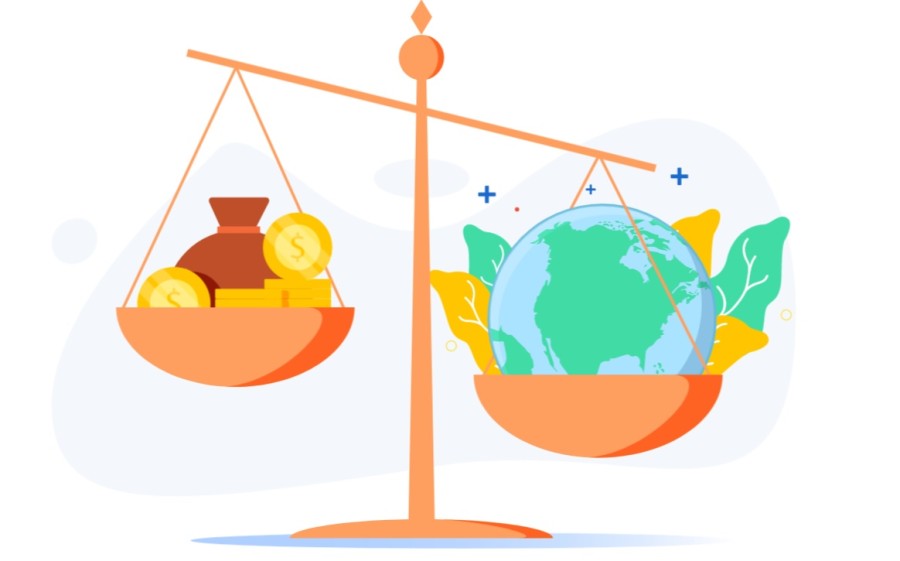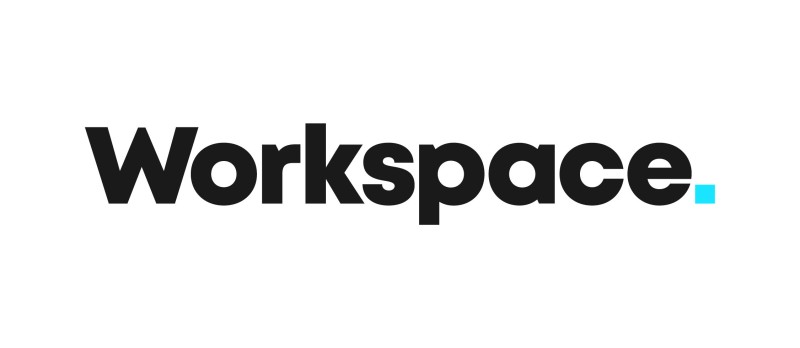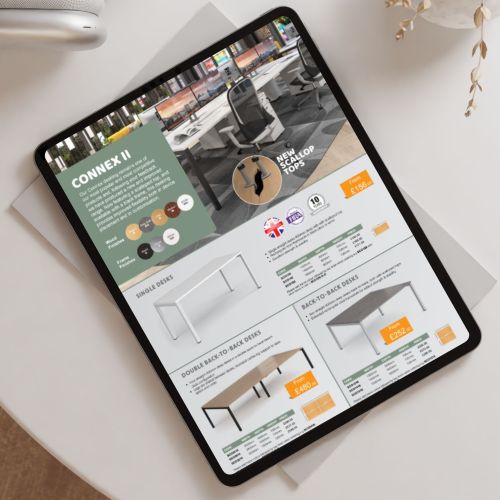Profit v Planet? What is the environmental cost of the financial bottom line?

Value v Cost, how to maintain margin whilst reducing consumption
In the last article, we looked at the potential cost-saving implications of moving to more environmentally friendly practices. This article explores the impact on the other side of the equation, namely profit. If reducing consumption is the way forward to saving the planet what will happen to our profits if they rely on revenue from the consumption of products and resource-intensive services?
It’s good news that reducing emissions by reducing consumption can also reduce costs. But what happens when our customers do the same? They and the planet may benefit but what about our financial bottom line?
The answer may already be in your business model if you offer high-value, environmentally sustainable products i.e. Your market may grow as customers switch away from cheaper, less sustainable offerings. If your business model works on a high-volume, low-cost model that offers products or services that are not so sustainable then a review of your business model may be called for. This may sound drastic, but it is an inevitability as the market and regulations change to reflect the need for more sustainable products and services. Making changes sooner rather than later can avoid some of the pain as your market shrinks and help you get ahead of competitors that are more reluctant to make the change.
The above are the extreme ends of the scale leaving many businesses with sustainable products and services but still needing growth to maintain and improve profitability as their business or market matures. We will look at this further in the next article but for now, let’s focus on how we can maintain and improve margin without the need for encouraging unnecessary consumption.
For businesses producing products, there is the opportunity to focus on promoting and providing better value options. As discussed in the last article a higher quality, higher price product may last longer, be more repairable and offer greater value over its lifetime. It can also offer a higher margin.
There is also the potential to offer to add on services to repair these products, adding an additional revenue stream during the life of the product.
Is there an opportunity to bring products back at the end of their life for refurbishment or re-incorporation into a circular supply chain? This can make for a cost-effective ‘used’ product offering alongside the new product offering. This can broaden the market by offering different price points and encourage customers to consider the financial benefit of using a more sustainable ‘used’ option.
Of course, another element of both environmental and financial costs is waste. Not just the cost of buying the unused or disposable product but also its disposal cost. For example, re-useable cups in hospitality are a cost to dispose of as well as buy. By using reusable alternatives, the ongoing cost of disposables, and their disposal can be reduced whilst maintaining the margin of the core product. Can this principle be applied to your business offering?
An alternative sales model that works well with the re-use and circular supply chain model is looking at a leasing type model. This may help at the sales stage if product prices are higher as well as converting a one-off sale to a regular revenue stream or at least an ongoing relationship with the customer to supply a replacement when the lease ends. This model also gives you control of the product at the end of the lease to bring it back into the supply chain for refurbishment, re-use, or recycling.
But what If your business supplies services? There is the potential to make cost savings and emissions saving by converting some of your face-to-face meetings to virtual. Can the same be done with your chargeable time? If so, there is the potential to share the saving in travel costs with your customer and offer a lower-cost virtual session. This encourages the uptake of a virtual service whilst maintaining the margin for your time. There is also the travel time saving giving the possibility of more chargeable hours in the day if travel time is reduced.
Finally, think about the possibilities for other business model opportunities created by remote working. If some staff work from home some of the time does this reduce the need for desk space? Can this desk space be converted to an alternative use? For example, training or presentation space, room to offer additional services or room/venue hire.
There are many ways to re-think our business offering that reduce environmental impact AND maintain margin. What may work will of course be unique to each business but there are opportunities here, are you ready to take them?
If you want to find out more about the circular economy model mentioned this is a good place to start.

